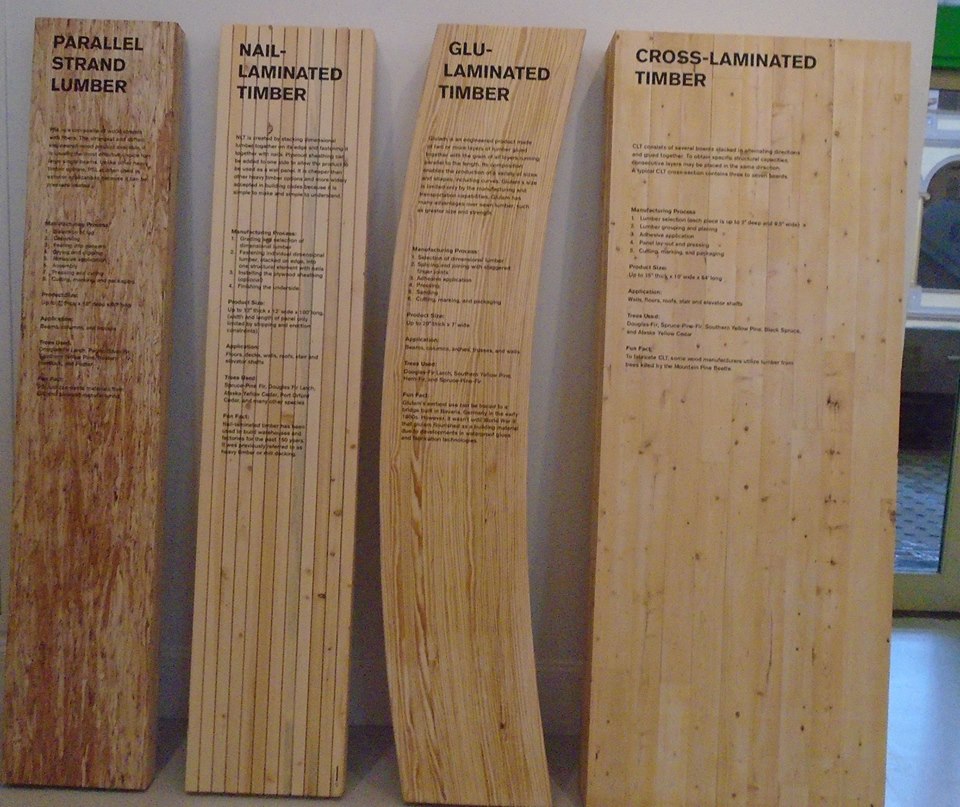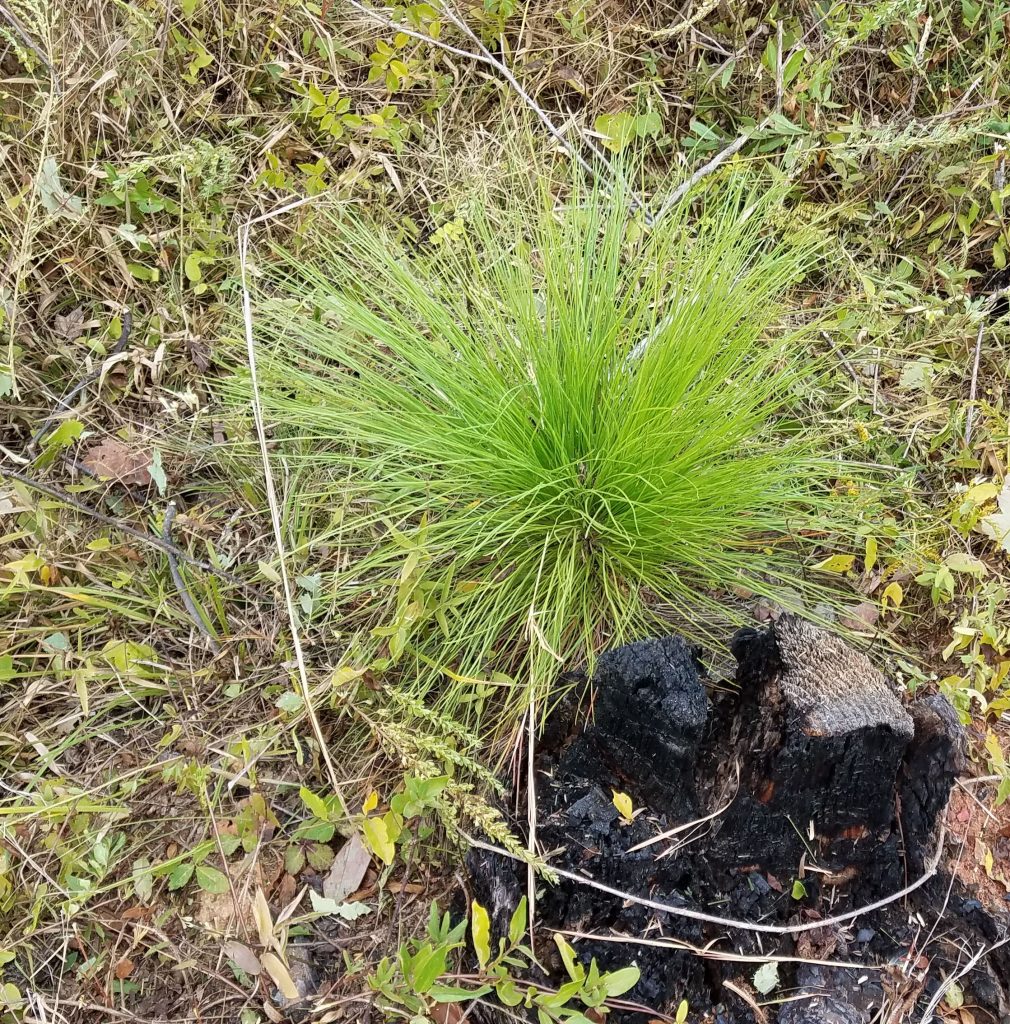My contribution to Virginia Forests Magazine
The whole forest life cycle

Most of our mid-rise and almost all our tall buildings are made mostly from concrete and steel. Production and transport of concrete and steel buildings is extremely energy intensive and emits massive amounts of CO2. We just cannot build in the same old wasteful way. Fortunately, there is a simple solution – wood the original green building material, now updated for the 21st Century.
Mass timber: new technology for wood
The key is the development mass timber, a category that includes heavy timber beams and various sorts of laminated timber. Of these, the most revolutionary is Cross laminated timber (CLT). As the name implies, boards set across each other creating a mass timber product combining strength in both tension and compression, with the power and spanning capacity of steel and fire resistance of concrete. This last factor is surprising. Everybody knows that wood burns and we have all seen pictures of buildings engulfed in flames, but mass timber chars. If you have tried to start a campfire using only big logs, you know the situation. The outside turns black, but the fire does not penetrate.
CLT means that wood can replace concrete or steel in the mid and high-rise buildings they now predominate. It is a revolutionary development.
Well managed forests are the key

But I am not an engineer or an architect. I can tell you only what experts tell me about these innovations building with wood, and I believe them. Forests I know from personal experience and lifelong passion and it is my land ethic and understanding of a total forest life cycle that drives my commitment to building with wood.
The way I see it wood in the built environment is an extension of the life of our forests. Our trees suck up (sequester) carbon every year they are growing. When they are harvested, wood processed into CLT used in tall buildings can hold onto that carbon for years, decades even centuries. Carbon makes up about 50% of wood’s dry weight. Meanwhile, we are growing the next generations of trees, also absorbing carbon while creating wildlife habitat, protecting water resources and just being things of beauty.
The whole virtuous circle depends on our good forest stewardship. The wood in our high-rise “urban forests” must come from properly managed and probably certified forests. It would not do to deforest our land to build the urban forests. We must look forward to future generations. Fortunately, Virginia tree farmers are up to the challenge. It is what we do and have done since the American Tree Farm System was created, a proud legacy made newly important by timber innovation.
This is the contribution we can make, are making and will make in future.
Good background https://www.bbc.com/future/article/20190717-climate-change-wooden-architecture-concrete-global-warming
